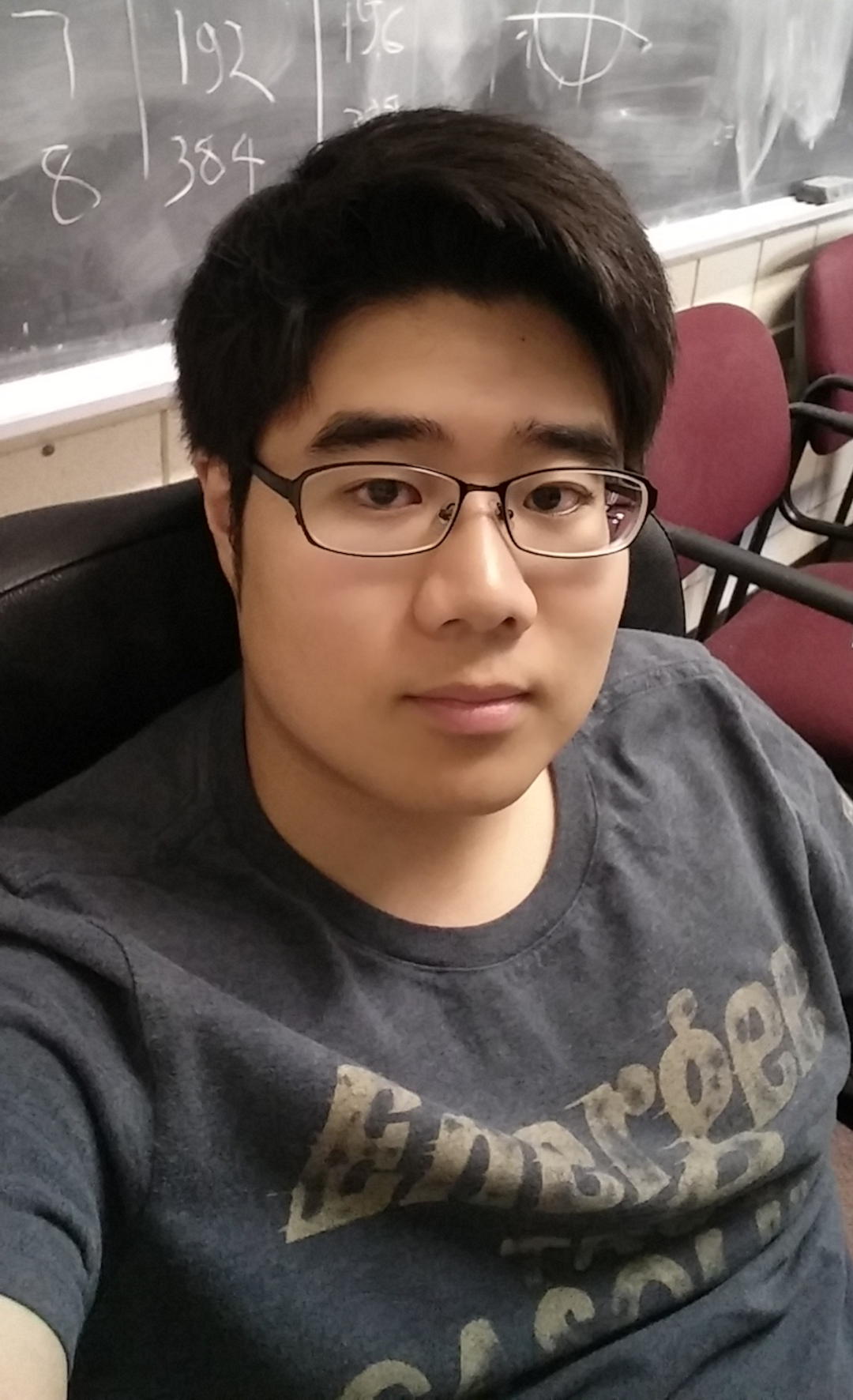About Me
Note: Currently, I’m searching for a full time position in astrodynamics, software enginering, or robotics.
Hi! I’m Ghanghoon “Will” Paik, a researcher and engineer specializing in astrodynamics and high performance computing. My PhD work at Penn State University focused on developing automated mission planning software for multiple gravity assist trajectory design. I combined advanced mathematical modeling, heuristic optimization, and N-body dynamics to create tools that improve the efficiency of interplanetary missions.
Throughout my career, I’ve contributed to projects at the cutting edge of aerospace and robotics, including designing autonomous vehicles, optimizing quadcopter systems for emergency scenarios, and creating high-performance computing tools to enhance system efficiency. My work has been recognized in international competitions, such as the ESA Global Trajectory Optimization Competition and the NIST First Responder UAS Indoor Challenge.
Whether I’m tackling complex algorithms or designing practical solutions, I aim to bridge theory and application in every project I undertake.
My Work and Research
My work lies at the intersection of astrodynamics, robotics, and high-performance computing, focusing on solving complex problems in aerospace engineering and beyond.
Astrodynamics and Space Mission Planning
My research has advanced the field of trajectory optimization, particularly for multiple gravity assist missions. I developed automated mission planning software that leverages numerical solvers, graph search algorithms, and parallel computing techniques to design time- and fuel-efficient trajectories for interplanetary missions.
Robotics and Autonomous Systems
I’ve been deeply involved in designing and developing autonomous systems for both ground and aerial platforms. As part of the NIST First Responder UAS Indoor Challenge, my team earned the First Responder’s Choice award and a top-three finish. I designed a custom-built quadcopter for GPS-denied indoor environments, integrating advanced sensor systems and high-speed Wi-Fi telemetry for reliable performance in emergency scenarios.
Beyond aerial systems, I’ve led efforts in autonomous ground vehicles, including implementing pathfinding algorithms, real-time obstacle avoidance, and vision-based navigation for competition-grade platforms. My work has been recognized at the Intelligent Ground Vehicle Competition and the VFS Design-Build-Vertical Flight Student Competition.
High Performance Computing (HPC)
I bring extensive experience in HPC, from optimizing computational tools for aerospace applications to providing user support and systems analysis for research clusters. My work has included developing system monitoring tools, optimizing parallelized code, and contributing to the Singularity Hub with public containerized environment projects.
I am passionate about integrating advanced computational techniques with innovative engineering solutions to address challenges in aerospace, robotics, and HPC.
My Background
I hold a PhD in Aerospace Engineering from Penn State University, where my research focused on multiple gravity assist trajectory planning and optimization. With a strong foundation in astrodynamics, robotics, and high performance computing, I have contributed to projects ranging from interplanetary mission planning to autonomous vehicle design. My work has been recognized in multiple competitions, and I am dedicated to advancing innovative solutions in aerospace and computational engineering.
